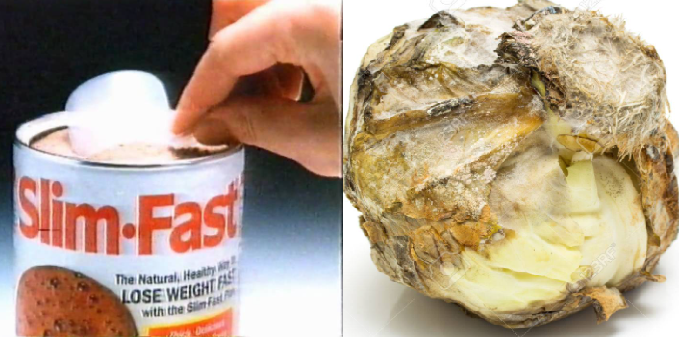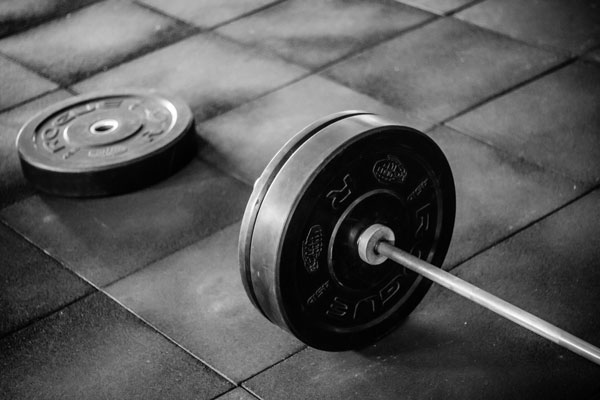If you were a teen in 90’s and consumed any media such as magazines, you were fed a body image regimen of skinny is best and fat is shameful. And the suggested diets? They were even worse.
I’ve heard from a number of women lately who, until recently, thought the lower you could get your daily calories, the better it was for weight loss. And when they said lower, they meant really low.
Super models were all the rage at the time and Kate Moss famously said “nothing tastes as good as skinny feels”.
Television and magazines only showed people of thin build in a positive light and there was widespread stigmatization of overweight people.
“Nothing tastes as good as skinny feels“
Kate Moss
Diets of the day included:
The Cabbage Soup Diet – basically, severely restrict calories and consume a lot of cabbage soup for a week. This was extremely unhealthy, imbalanced nutritionally and unsustainable.
The Zone Diet – this one is low-carb, high-protein, lacked balance and again was unsustainable. It also meant people were often not sufficiently fuelled if their carb intake was too restricted.
The Slim-fast Diet – savagely restrict calories by replacing nutritious meals with low cal shakes. Again, unsustainable.
The Atkins Diet – bizarrely, this is a diet where you must take a whole macronutrient (carbohydrates) and reduce your consumption of it massively. It can initially give positive short term results in terms of weight loss, however it is debatable about how real these are. Some of this initial weight loss is water weight and ultimately it is a very difficult diet to adhere to long term so the results are not clear.
One thing all these diets had in common is the lack of sustainability. My long term goal is to show why the most effective diet for you is the diet you can adhere to long term.
Getting back to our 90’s kids, the most surprising part of this situation is how the whole culture has had an enduring effect. If you were an impressionable 13 year old in the 90’s, you’re a thirty something now possibly with a career and maybe even a family. But this cut throat low cal mentality is still an issue for many! The idea that lower is better for your caloric intake is highly misleading. People are trying to stick to 900 calories per day when their daily maintenance is 1,800 calories per day! Let me give a quick background of calorie terminology:
1 – calorie maintenance is the number of calories you consume per day to maintain your current weight.
2 – calorie surplus an amount of calories above maintenance that will cause an increase in weight.
3 – calorie deficit an amount of calories below maintenance that will cause a decrease in weight.
As an example, if your maintenance calorie level is 1,800 and you are planning to lose weight, you should be aiming for a calorie deficit of between 10 and 30% depending on your personal goals and preferences. This equates to a deficit of 180 to 540 giving you a range of 1,260 to 1,620 calories per day. These numbers are far more sustainable than the sub 1,000 calorie allowances that many people still believe to be good. And the number one aspect of your chosen diet should be SUSTAINABILITY. Sorry for shouting! Healthy, sustainable living should be viewed as a long term plan and not a crash diet.
So please, if you’re considering a weight loss phase, calculate your calories first and don’t just go with lower is better.
Love always


